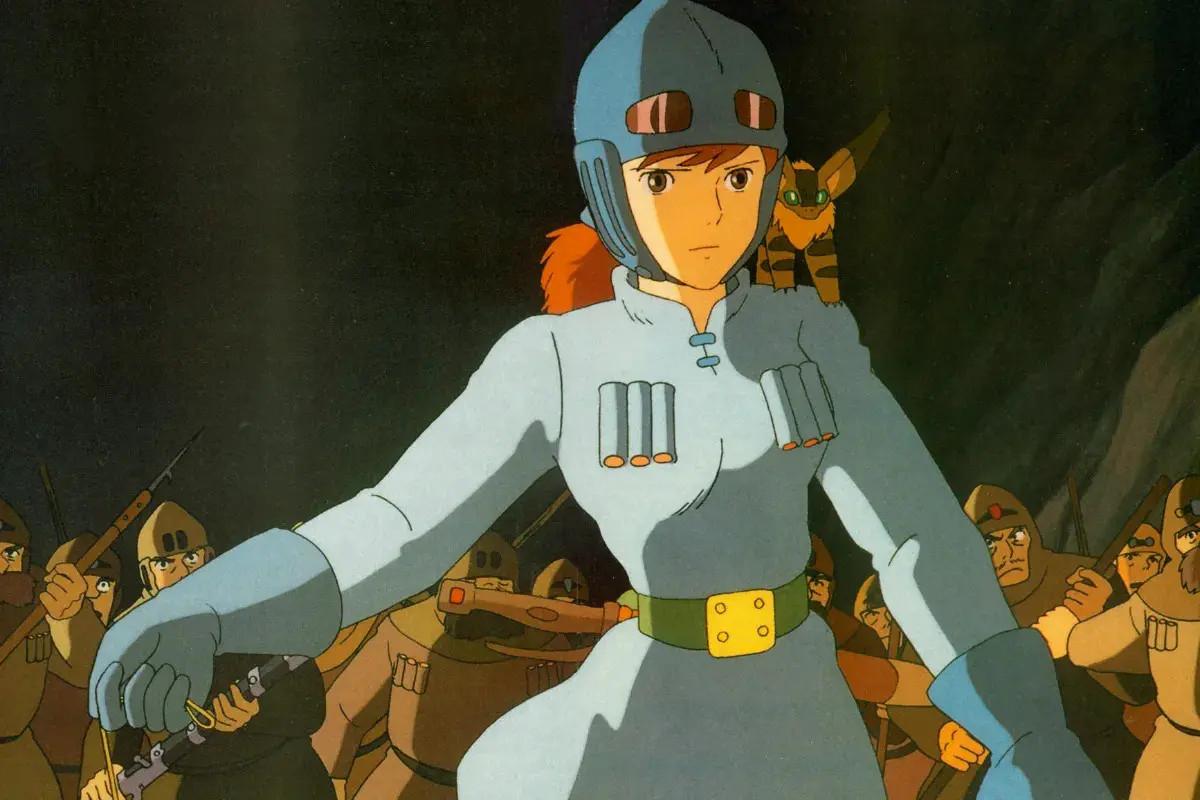Nausicaä of the Valley of the Wind
"Nausicaä of the Valley of the Wind" is a 1984 Japanese animated film directed by Hayao Miyazaki. Set in a post-apocalyptic world, it follows Princess Nausicaä as she strives to bridge the gap between humanity and nature, emphasizing themes of environmentalism and peace.

"Nausicaä of the Valley of the Wind" is a 1984 Japanese animated film written and directed by Hayao Miyazaki, based on his manga of the same name. Set in a post-apocalyptic world, the story unfolds after a catastrophic event known as the "Seven Days of Fire" nearly destroyed human civilization. This disaster left behind the Toxic Jungle, a sprawling and poisonous forest teeming with giant insects. The jungle symbolizes nature reclaiming its power after human exploitation caused environmental collapse.
At the heart of the story is Nausicaä, the wise and courageous princess of the Valley of the Wind, a small, peaceful community near the Toxic Jungle. Nausicaä possesses a unique ability to communicate with the jungle’s insects, including the massive and often misunderstood Ohmu. Her empathy and determination to understand these creatures challenge the fear and hostility that other humans harbor toward the jungle. Through her actions, Nausicaä becomes a bridge between humanity and nature, demonstrating the importance of coexistence and mutual respect.
The tranquility of the Valley is shattered when rival nations clash over an ancient biological weapon, a remnant of the "Seven Days of Fire." This weapon has the potential to destroy the Toxic Jungle but at a catastrophic cost to life. Nausicaä embarks on a perilous journey to stop the violence and uncover the deeper truths about the jungle’s origins and its role in the world’s recovery. Her journey is a testament to her leadership, compassion, and unwavering belief in peaceful solutions.
The film explores profound themes such as environmental stewardship, the futility of war, and the value of understanding others. Nausicaä’s interactions with the giant insects, as well as her refusal to support the use of destructive weapons, emphasize the film’s message that violence only leads to further suffering. These themes are presented through Miyazaki’s masterful storytelling and breathtaking animation, which bring the world of the Toxic Jungle to life in vivid detail. The emotional depth of the story is further enriched by Joe Hisaishi’s powerful and evocative musical score.
"Nausicaä of the Valley of the Wind" is widely regarded as a landmark in animation history. It played a pivotal role in the founding of Studio Ghibli and influenced many subsequent works. Films such as Miyazaki’s own "Princess Mononoke" and James Cameron’s "Avatar" echo its themes of environmentalism and harmonious coexistence. With its timeless message and imaginative storytelling, "Nausicaä" remains a powerful reminder of humanity’s responsibility to protect and respect the natural world.









